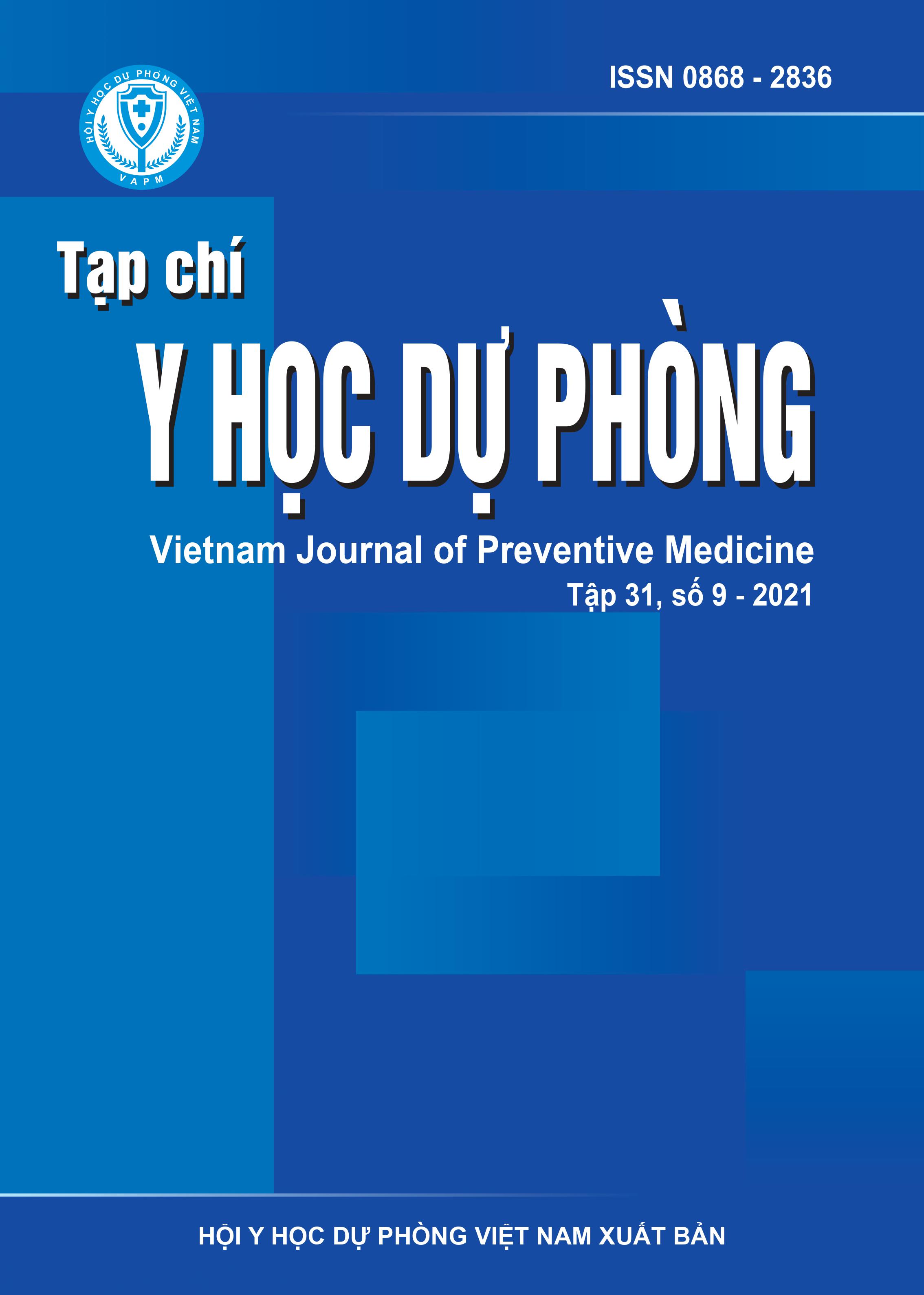Thực trạng thiếu vitamin A và một số yếu tố liên quan ở phụ nữ tuổi sinh đẻ tại một tỉnh miền núi phía Bắc, năm 2018
DOI:
https://doi.org/10.51403/0868-2836/2021/481Từ khóa:
Thiếu vitamin A, thiếu vi chất dinh dưỡng, phụ nữ tuổi sinh đẻ, yếu tố liên quanTóm tắt
Vitamin A là một chất dinh dưỡng cần thiết cho sự tăng trưởng và phát triển của con người. Nghiên cứu cắt ngang này nhằm mô tả thực trạng thiếu vitamin A và một số yếu tố liên quan được tiến hành trên 809 phụ nữ 15- 35 tuổi tại tỉnh Sơn La, năm 2018. Kết quả cho thấy tỷ lệ thiếu vitamin A tiền lâm sàng (VAD – TLS) là 4,2%. Tuy nhiên tỷ lệ VAD-TLS và nguy cơ VAD – TLS là 38,8%, cùng với nồng độ retinol huyết thanh trung bình là 1,19 ± 0,38mmol/L, thấp hơn so với các nghiên cứu gần đây đã cho thấy những nguy cơ tiềm ẩn của thiếu vitamin A; Nồng độ retinol huyết thanh liên quan tuyến tính với phần trăm mỡ cơ thể, chỉ số khối cơ thể (BMI), hàm lượng kẽm và ferritin huyết thanh. Hồi qui đa biến logistic cho thấy cân nặng thấp (trọng lượng < 45kg), tình trạng thiếu máu, thiếu kẽm và dân tộc Thái được dự đoán là yếu tố liên quan đến tình trạng VAD-TLS và nguy cơ VAD - TLS. Như vậy thiếu vitamin A ở phụ nữ tuổi sinh đẻ là không đáng kể về ý nghĩa sức khỏe cộng đồng; tuy nhiên vẫn cần tiếp tục tăng cường giáo dục truyền thông, giải quyết các vấn đề thiếu máu và thiếu vi chất dinh dưỡng góp phần ổn định tình trạng vitamin A ở phụ nữ tuổi sinh đẻ.
Tải xuống
Tải xuống
Đã Xuất bản
Cách trích dẫn
Số
Chuyên mục
Giấy phép
Giấy phép xuất bản số: 150/GP-BTTTT cấp ngày 8/5/2014;
Giấy phép hoạt động báo chí điện tử số 322/GP-BTTTT cấp ngày 15/6/2016.


